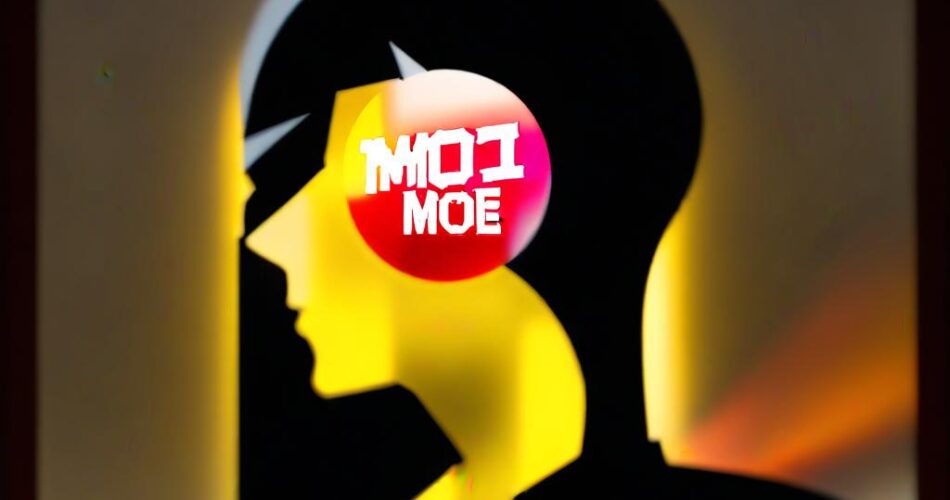The world of forecasting is constantly evolving, driven by the need to anticipate trends and make informed decisions. Recent advancements in deep learning have led to the development of powerful forecasting models, with Time-MoE emerging as a leading contender. This novel model, built upon the principles of Mixture-of-Experts (MoE), leverages the power of time-series analysis to deliver unparalleled accuracy and efficiency.
Understanding the Power of MoE:
MoE architecture is a key innovation in deep learning. It involves training multiple specialized “expert” models, each focusing on a specific aspect of the data. This approach allows for greater flexibility and accuracy compared to traditional single-model architectures. Time-MoE takes this concept further by incorporating specialized experts for time-series data.
Time-Series Expertise at the Core:
Time-MoE’s strength lies in its ability to handle the complexities of time-series data. It employs multiple expert models, each trained on specific temporal patterns and features. These experts can identify seasonality, trends, and other time-dependent variations, leading to more accurate predictions.
Key Features of Time-MoE:
* Multi-Expert Architecture: Time-MoE utilizes multiple expert models, each focusing on different temporal patterns, allowing for a more nuanced understanding of the time-series data.
* Dynamic Routing: The model dynamically routes data to the most appropriate expert based on the specific time-series characteristics.
* Scalability: Time-MoE can handle large datasets and complex time-series, making it suitable for real-world applications.
* Interpretability: By analyzing the performance of individual experts, Time-MoE provides insights into the underlying temporal patterns driving the predictions.
Applications and Benefits:
Time-MoE’s capabilities make it suitable for a wide range of applications, including:
* Financial Forecasting: Predicting stock prices, exchange rates, and other financial indicators.
* Sales Forecasting: Anticipating product demand and optimizing inventory management.
* Weather Forecasting: Predicting weather patterns and issuing timely warnings.
* Energy Forecasting: Optimizing energy production and consumption based on demand predictions.
The benefits of using Time-MoE are significant:
* Improved Accuracy: The specialized experts and dynamic routing mechanism lead to more accurate predictions compared to traditional forecasting models.
* Enhanced Efficiency: The model’s ability to handle large datasets and complex time-series makes it efficient for real-world applications.
* Greater Insight: Analyzing the individual expert models provides valuable insights into the underlying temporal patterns driving the predictions.
Challenges and Future Directions:
While Time-MoE holds great promise, it also faces some challenges:
* Training Complexity: Training multiple expert models can be computationally expensive and require specialized expertise.
* Model Selection: Choosing the appropriate number and types of experts for a given task can be challenging.
Future research will focus on addressing these challenges, including:
* Developing more efficient training algorithms: Reducing the computational cost of training multiple expert models.
* Automated expert selection: Automating the process of choosing the optimal number and types of experts for a given task.
* Improving interpretability: Developing methods to better understand the decision-making process of individual experts.
Conclusion:
Time-MoE represents a significant advancement in the field of forecasting. Its ability to leverage time-series expertise through a multi-expert architecture offers unparalleled accuracy and efficiency. As research continues to advance, Time-MoE is poised to revolutionize forecasting across various industries, enabling better decision-making and driving innovation.
